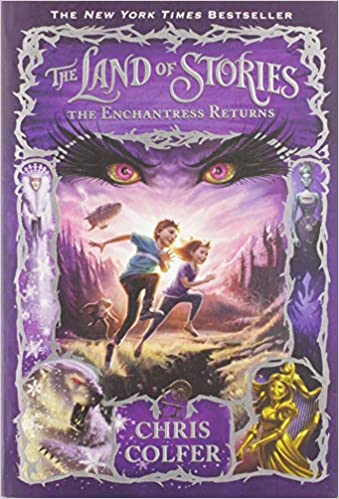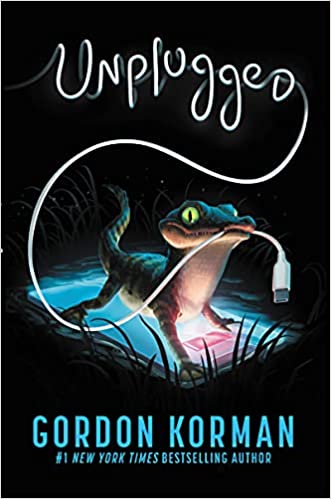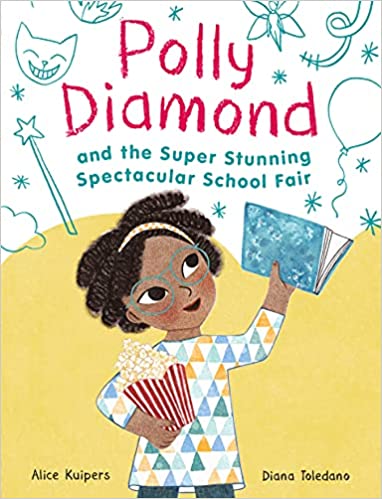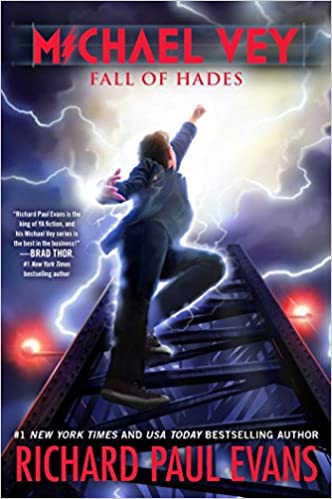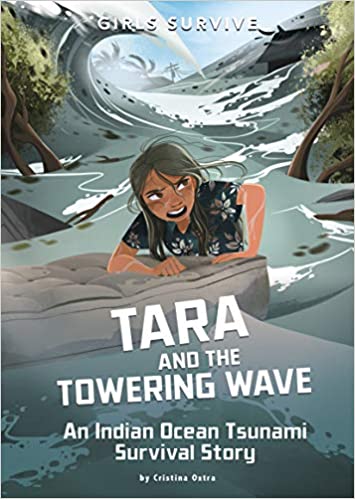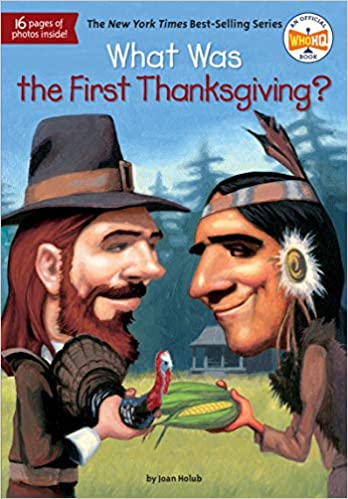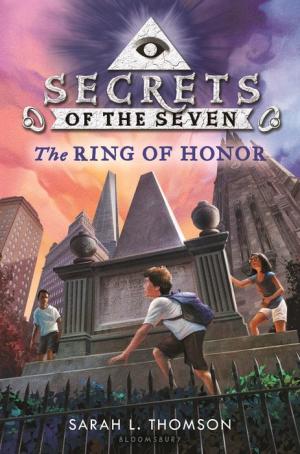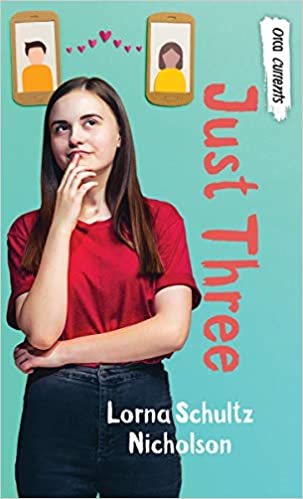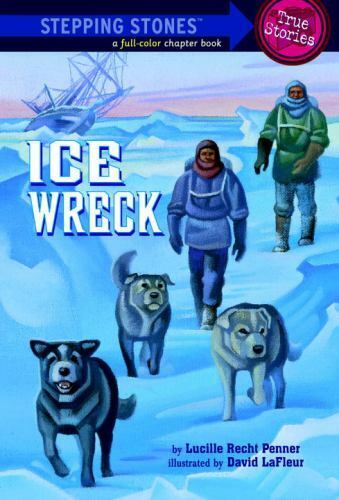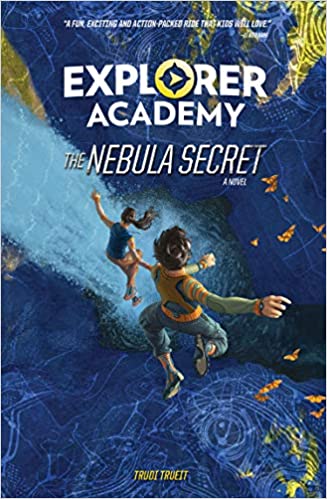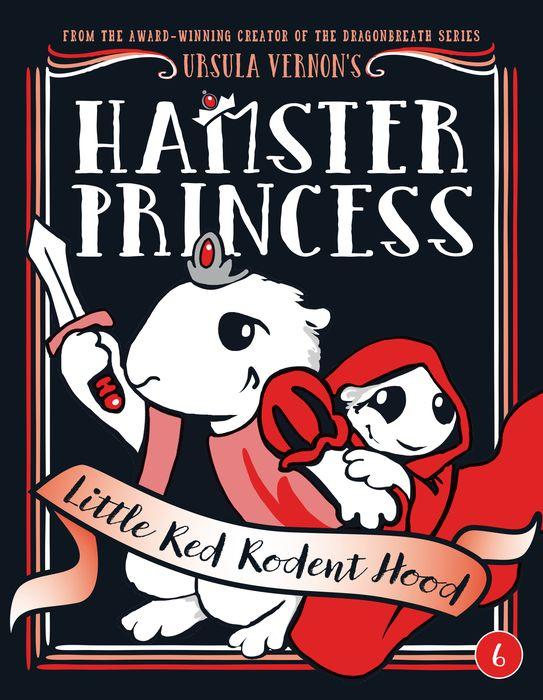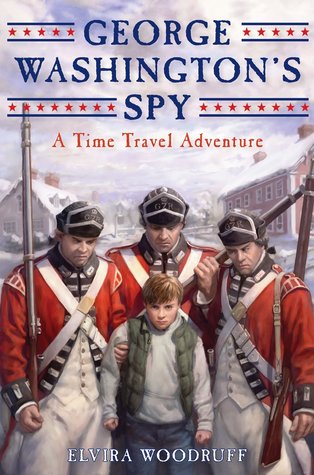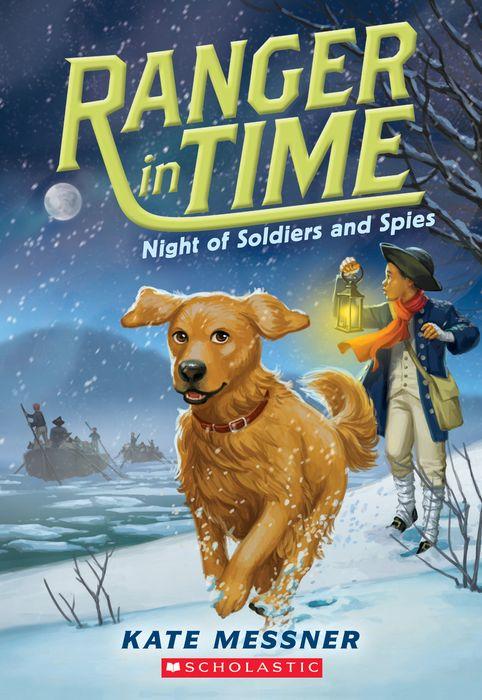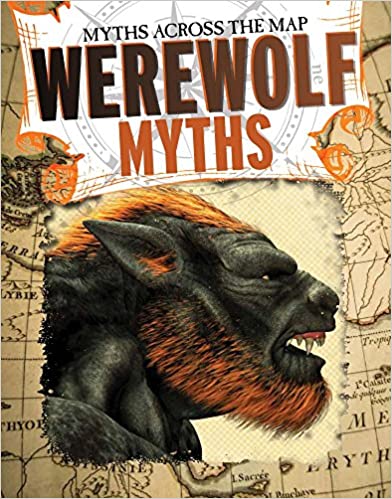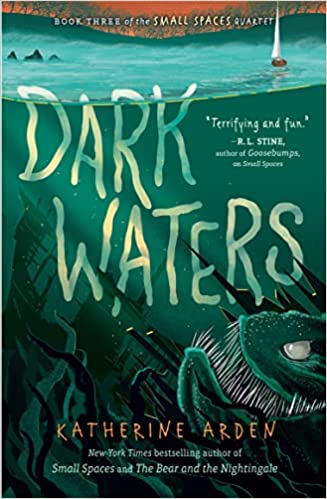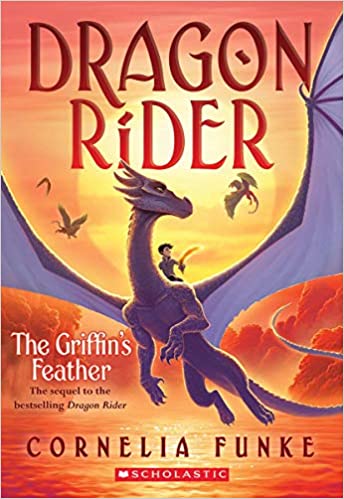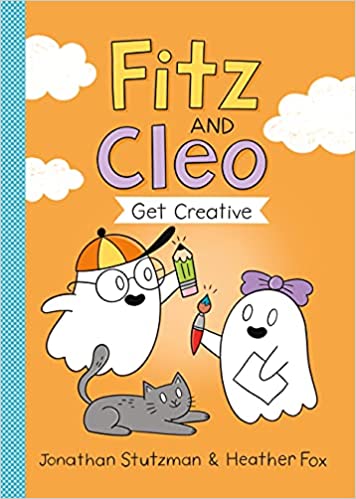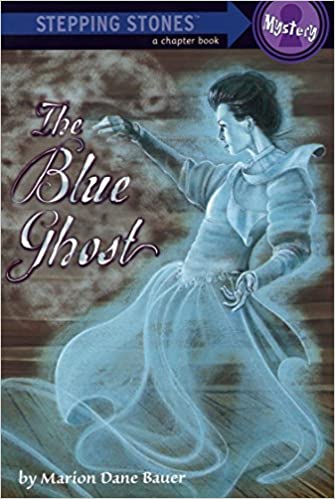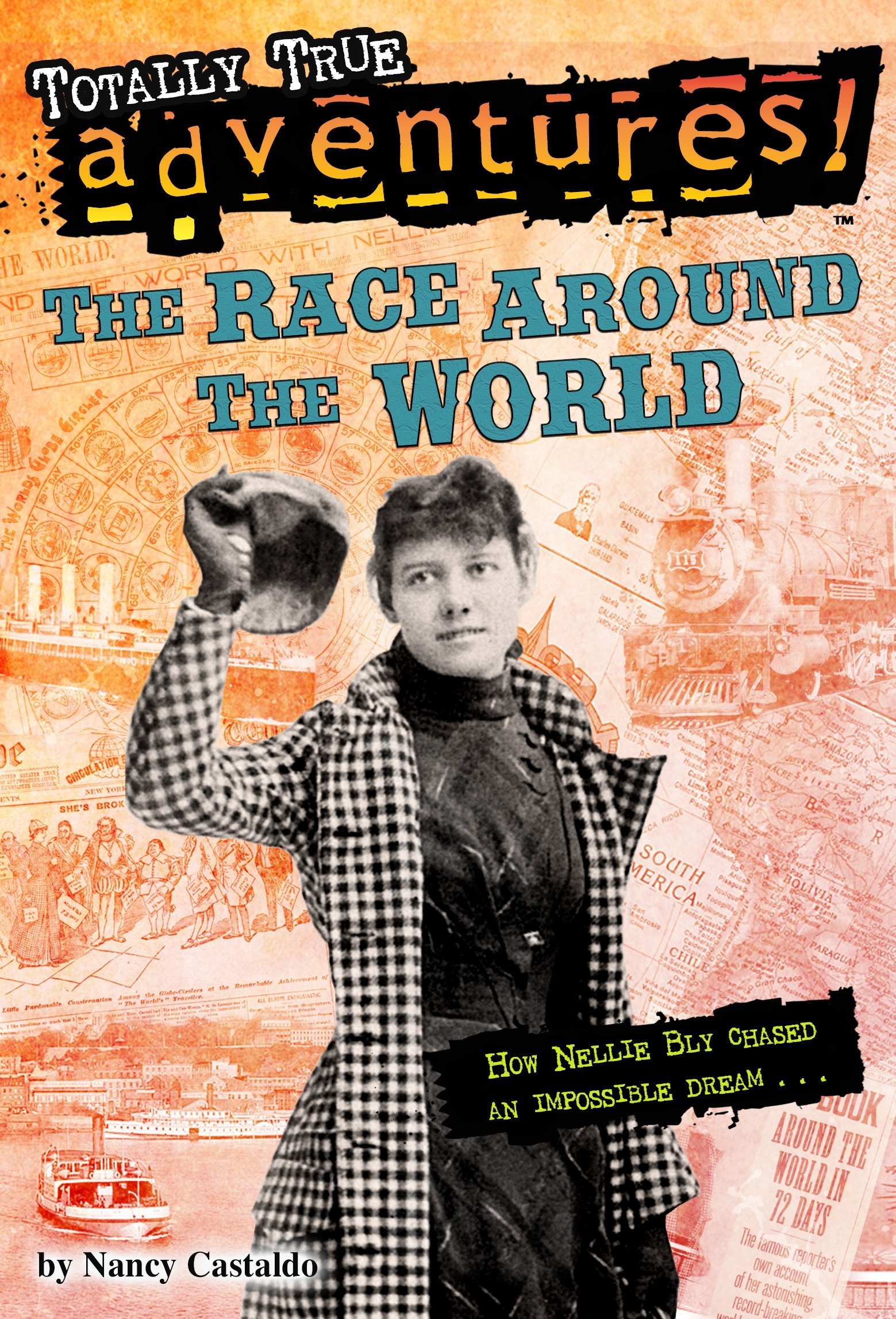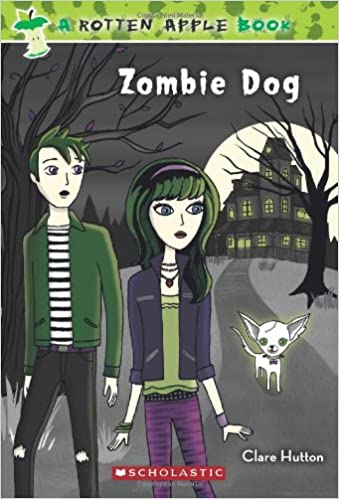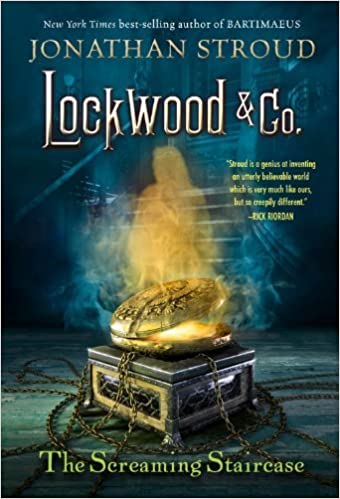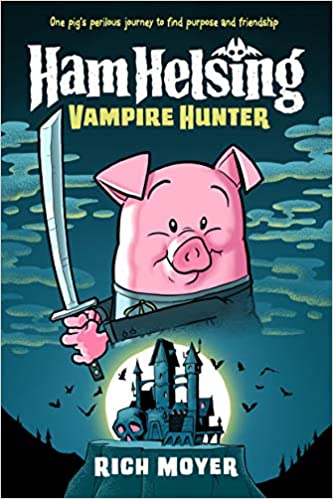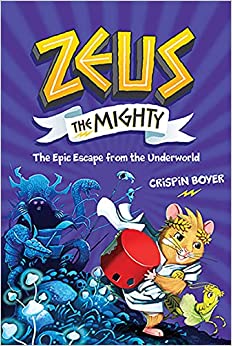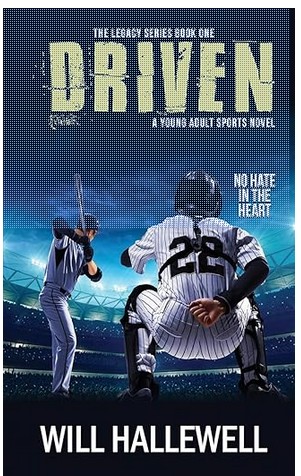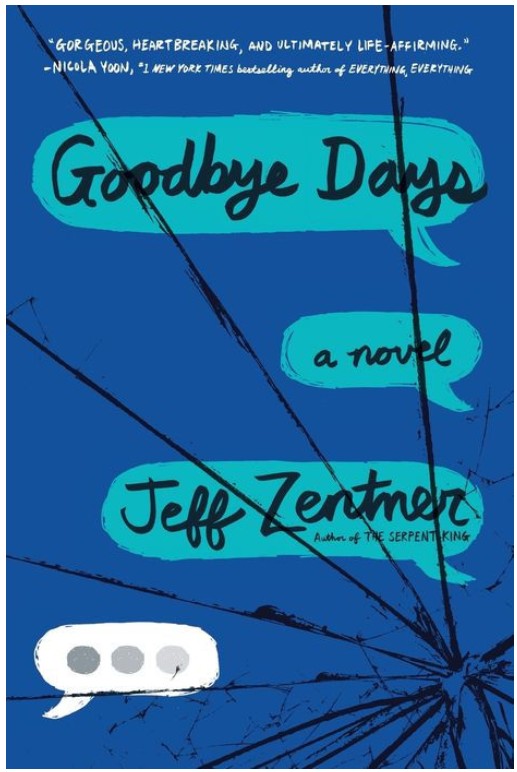Life is good for Ben, the dragon rider. Two years after the events of the first book, Dragon Rider, Ben is living in Norway with the Greenbloom family on a remote sanctuary for magical creatures. Firedrake, his dragon friend, is visiting. However, a problem arises when a male Pegasus, one of the last in the world, loses his mate and leaves three unborn Pegasus eggs behind. The magical care needed for them to hatch can only be provided by the mother, so the Greenbloom family rushes to find a solution to keep the foals alive: a griffin feather.
A griffin feather may provide the right magical touch to incubate the eggs, however, numerous problems arise. First, Griffins are fearsome predators and only exist in sparse numbers around the world. Second, the Greenblooms and their friends only have two weeks to convince a griffin to give up a sun feather, a rare feather that only grows after a griffin performs a great deed. Lastly, griffins are the sworn enemy of dragons, and Firedrake won’t be able to accompany Ben on the journey. The odds are stacked against them.
Though Ben is upset to journey without Firedrake, he decides to undertake the adventure with his adoptive father Professor Greenbloom, a troll named Hothbrodd, his old friend Lola, and his constant companion Twigleg. Before the group leaves, Firedrake gives Ben one of his scales as a parting gift, which will allow them to share emotions no matter how far away they are from one another.
The group travels to Indonesia, where Professor Greenbloom believes griffins live. They do find griffins, but to the group’s surprise, the island is embroiled in a griffin civil war headed by the island’s evil ruler Kraa, who is challenged by his nephew Shrii. Before the group can meet the infamous Kraa, Ben and the others are captured by monkeys. Sensing Ben’s distress, Firedrake, Sorrel, and a young dragon named Tattoo, travel to rescue their friends. Together, the group of adventurers defeats Kraa, restoring freedom to the island. Plus, they retrieve the griffin feather necessary to ensure the survival of the Pegasus foals.
The Dragon Rider Series is great for readers with an active imagination. The Griffin’s Feather is rich with fantasy elements and adventure. However, the number of relevant characters and magical creatures may be confusing. The back of the book has an index of the characters, but it is easy to get lost in the multitude of names and species.
Even if the series can be confusing, the willingness of the characters to extend love and care to others makes reading this story worthwhile. At one point, Ben thinks “revenge can even drown out love.” Firedrake has a similar thought when he is so angered that he has trouble suppressing his violent instincts. In addition, the final battle stands as a reminder to care for others, even when they may not deserve it.
The Griffin’s Feather unites the characters from the first installment with new friends who undertake a dangerous journey to save a threatened species. This story will leave readers with a strong desire to do what is right, as all the characters would gladly sacrifice themselves for the good of others and the world. Readers who want to jump into a realm where mystical creatures live should also enter the world of The Spiderwick Chronicles by Tony DiTerlizzi & Holly Black and Rise of the Dragon Moon by Gabrille K. Byrne. Both are excellent books that will be less confusing than the Dragon Rider Series.
Sexual Content
Violence
- Ben remembers his parents, noting that they died in a car crash soon after his third birthday.
- A parrot warns Ben and Twigleg that if they go to where the griffins live, death awaits them. The parrot says, “[The griffins] will line their nests with your feathers and adorn their treasure chambers with the horn of your beak. They’ll use your bones to skewer their prey, and they’ll feed your beating hearts to their young.”
- A monkey says all of the travelers are spies. The monkey says, “We ought to throw them into the sea. Or send them back to Kraa dead, like all the others whose bones are bleaching beneath the ruins of our nests.” Later, the monkey thinks that Kraa will kill him and the others for helping the group. The monkey says, “He’ll eat us and line his nest with our skins.”
- Kraa has many names attesting to his violent nature, such as “Kraa the Merciless,” “Kraa of the Blood-Drenched Feathers,” or “Eater of Hearts.”
- Twigleg has a nightmare. “It was a dreadful dream. . . [Monkeys] were pulling his master [Ben] to pieces the way children take an insect apart! Crowds of monkeys, screeching and baring their teeth, and [Twigleg] was kneeling in front of the parts trying to put them together again, but he simply couldn’t remember what Ben had looked like.”
- Kraa’s palace is decorated with drawings, some of which show griffins at war with men and monsters, others where griffins are “perching triumphantly on the dead body of a dragon.”
- A monkey hopes that a servant dies. The monkey says, “May the jackal scorpions tear him limb from limb! May the jenglots drink his blood—I’m sure it’s even more poisonous than theirs!”
- Kraa plans Shrii’s demise. “Shrii will be the last [of the prisoners] to die. I’ll clip his claws and wings, and feed him on the gold I get for his servants until he chokes on it. And then I’ll tear his heart out of his colorful breast and eat it. Although it will probably taste as soft and sweet as an overripe melon.”
- The dragon Tattoo sinks the poachers’ ship. “Their boat was already moving out to sea when Tattoo broke out of the forest. He breathed fire after them, and when the blue flames reached the boat’s hull it sank into the waves with the poachers.”
- Shrii, Tchraee, and the others fight. During the fight, a human boy “hit [Tchraee] on the chest with the club . . . When Tchraee, striking out desperately with his claws, tore one of Firedrake’s wings open, Tattoo lost his self-control. . . the young dragon began breathing fire. Tchraee was enveloped in pale blue flames. . . Tchraee’s body turned to ash-gray stone and fell from the sky, rigid and petrified. With uncomprehending horror, Tattoo watched as the stone body crashed through the canopy of leaves below them and disappeared.” The battle is described over two pages.
- Kraa says he wants to “rip out Shrii’s beating heart and eat it, so that everyone on the island will know who is their king.” He also says to Ben that, after he kills Firedrake, he’s going to “dip all my feathers in the blood of your dragon friend.”
- Kraa, Firedrake, and others fight. “Feathers and scales. Claws and paws. Tawny yellow and silver-gray wings; Kraa’s dreadful beak; Firedrake’s bared teeth . . . But the sounds, if anything, were even worse. The dragon’s roar; the griffin’s screech.” The battle lasts two pages.
- During the battle, Kraa pecks Sorrel’s hand and his snake tail bites her, but she recovers.
- Tattoo defeats Kraa. “Tattoo soared into the air and breathed fire down on Kraa. Flames licked around the griffin’s coat and feathers… And when it went out, Kraa had turned into stone.”
Drugs and Alcohol
Language
- Sorrel is known to be ill-tempered and she insults creatures and humans frequently, using mushroom names as expletives. For example, “Oh, lopsided liberty caps,” “moldy midgets,” and “mildew fungus of a homunculus.”
- Other characters also occasionally call each other names such as “idiotic,” “thieving vermin,” “stupid,” “cudgel-swinging fur-faced kidnappers,” and “cowardly moorhen.”
- Hothbrodd, who is from Norway, curses by referencing Norse mythology. “By Surtr’s flaming sword. . . This island is like an oven. Nifhel on earth.” Surtr is a god and Nifhel is the lowest level of Hell.
- A monkey calls Kraa a “crook-beaked monkey-murderer.”
- A character insults griffins. “Plaguey rapacious felines! Brood of snake-tailed robbers!”
- The poachers refer to a character as an “imp of Satan.”
Supernatural
- The story is filled with endless mythical creatures. Some are based on legend and others are completely made up. The creatures include dragons, fungus folk, krakens, mist ravens, centaurs, mermaids, elves, and kelpies, among many others. Only some of the creatures are described below.
- Magical creatures give other creatures, including non-magic ones, the ability to comprehend the same language.
- Firedrake is a silver dragon; his species lives off of moonlight.
- Sorrel is a forest brownie, a bipedal, cat-like creature.
- Twigleg is a homunculus, a small humanoid that was made by alchemy.
- Hothbrodd is a troll that can make anything out of wood, including machines. He can also communicate with trees. Trolls also have magical spit with healing properties. He has other magical abilities as well.
- Pegasi are winged horses that come in many colors, and hatch from magical eggs that can’t open unless cracked by the mother. “The egg of the winged horse, Pegasus unicus, is one of the greatest wonders of the world. . . It’s shell . . . resembles the most valuable glass. Yet it is as hard as diamonds. . . If [the mother] comes to any harm, the egg will not grow, and the foal will stifle in the unbreakable shell.”
- Jenglots are dwarflike zombies who drink blood. Twigleg is often mistaken for one when the group of travelers is in Indonesia.
- Since magical creatures attract one another, there is no shortage of them appearing in the story. When the group travels through the jungle, they see “a fist-sized spider with a frog’s head let itself down from a teak tree. A cat with fur that shone like molten gold made its way out of the thicket.”
- Jackal scorpions, scorpions with jackal heads, are under Kraa’s command. Their stingers are made of gold and they eat human flesh. According to Professor Greenbloom, Mesopotamian kings fed their enemies to these scorpions. He also says they “love to tear their victims to pieces with their pincers after paralyzing them with their stingers.”
Spiritual Content
- The dragons refer to the afterlife as “The Land of the Moon,” and believe that all dragons go there when they die. Additionally, once a dragon dies, it creates new stars.
- The traveling companions stop at a temple to Garuda, who is a god-like creature from Hindu mythology, the mount of Vishnu. Ben describes him as, “The creature ridden by Vishnu. Thief of immortality and god of the birds.” Birds from all over the world are at the temple to pray to him.
- A bird insults Twigleg by comparing him to Apasmara, a dwarf in the Hindu faith known for its stupidity and nonsense.
- Ben thinks that a statue of a griffin with a dish in its hands “reminds [him] of the sacrificial vessels in which bloody gifts to the gods had once been left in ancient temples.”
- When scared, one of the characters suddenly prays. “He implored whatever god protected homunculi and human boys.”
by Madison Shooter

